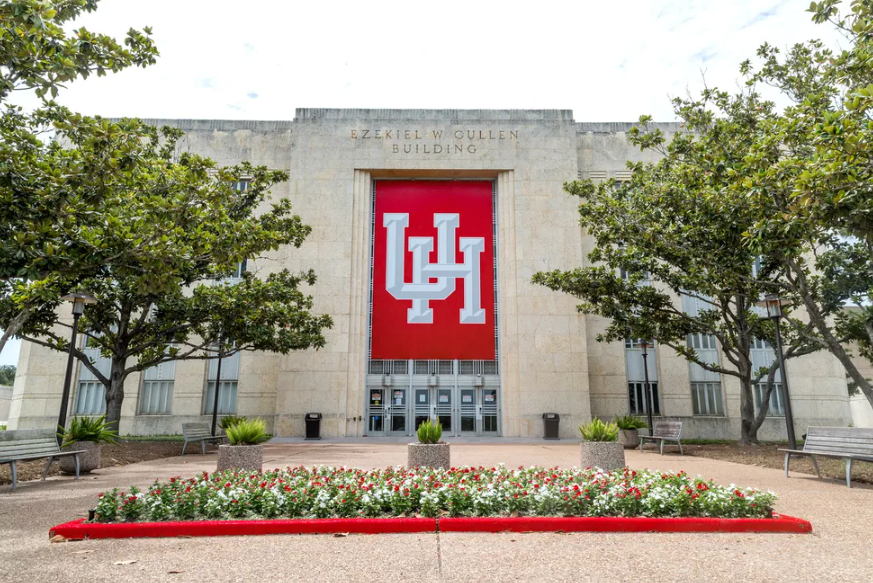automation station
University of Houston introduces robotics training programming for energy industry

UH is developing a wide range of robotics programming for the energy industry. Photo courtesy of University of Houston
Over the past 14 months, UH Energy at the University of Houston has developed a unique robotics training program for the energy industry.
UH Subsea Systems Institute and SPRINT Robotics teamed up to make the robotics-focused curriculum “Robotics in Energy,” which debuted in May. The two-day course offered hands-on training experience with innovative robotics technologies and attracted professionals from the oil and gas industry like participants from Chevron, and renewable energy sectors made up the 40 companies that were involved. The first day focused on topics like impact on business, safety and reliability, and risk analysis all within the spectrum of the energy industry. The second day of the course included a site tour at Sonardyne with instructor-led demonstrations of robotics technologies.
Wenyu Zuo, SSI coordinator of the robotics curriculum tells the University that he believes this will “address a critical workforce challenge.”
“The robotics program will help workforce development to give them robotic knowledge to help them to use robots to improve the quality, and in the future, the demand for remote operations- this is very important for current energy companies,” Zuo says.
The Robotics in Energy class is the first of four modules in the robotics curriculum. The next courses are Robotics Foundation, Automation and Autonomy, and AI & the Vision for Integration, and are expected to be offered sometime later in 2023. Robotics Foundation will be a fundamentals of robotics course, Automation and Autonomy will aim to go in-depth on automation and robotics, and AI & the Vision for Integration,will look to “enhance integrity within energy operations” according to the official course descriptions.
While renewable energies and other energy innovations are being more accepted into the discourse among the industry, the UH Subsea Systems Institute saw an opening to integrate robotics as a new innovation for companies to consider.
“We are upscaling…we see the energy industry from an innovation perspective as very invested in certain things, but not very invested in this automation and robotics space, so it is quite needy “ says John Allen, adviser to the program who previously has experience as an executive at General Electric and Automation Machinery Manufacturing along with various other energy organizations.
When labor-intensive work conditions offshore provide some risk to the humans doing the job, robotics may work in the environment to get people out of “harm's way” and “automate” the work according to Allen.
For now, the workforce is the audience that they are targeting to help companies catch up with the technology, which the course hopes to evolve with.
“In the future, as the technology is developing , and robotics is rapidly developing technology, we want to keep it (the program) evolving year-by-year,” Zuo says on how Robotics in Energy may look going forward.